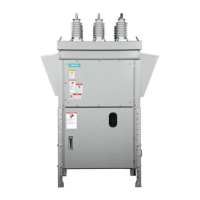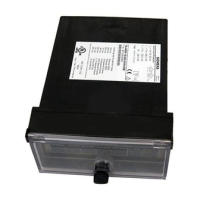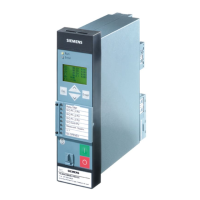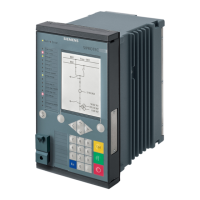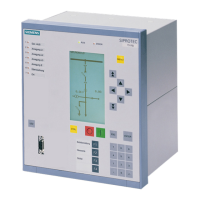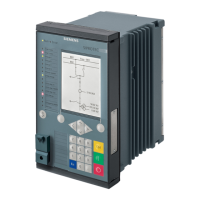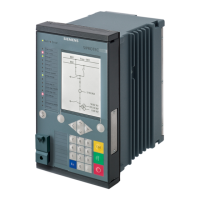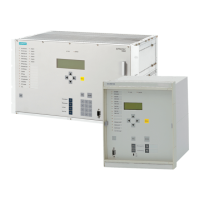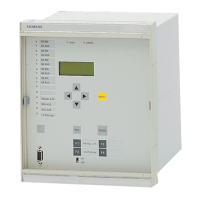20
Residual current protective devices
In accordance with the device standard EN 61008-1 (VDE 0664-10), the device
must disconnect within 300 ms at the rated residual current. In accordance with
the product standard applicable in Germany, Type A and Type F residual current
operated circuit breakers must function independently of supply voltage and
auxiliary voltage in all function groups (detection, evaluation, disconnection) in
order to achieve a consistently high level of reliability of the device protection
function.
The function of the trip element, which works independently of the supply or
auxiliary voltage, is shown in gure 6.
Immediately above the permanent magnet lies a magnetic shunt whose primary
task is to stabilize the permanent magnet‘s magnetic ux. On one pole core, there
is an excitation winding, which is connected to the secondary winding of the
summation current transformer. If there is a ground fault in the main circuit, a
voltage is induced in the secondary winding of the summation current transformer.
The left part of the illustration shows the rest position when the system is in a
fault-free state. The permanent magnet drives a magnetic ux between two cores
of magnetically soft material and stabilizes the armature through counteraction
of a spring force. When a voltage is generated in the secondary winding of the
transformer (middle part of the illustration), this voltage drives a current through
the excitation winding. This generates a second magnetic ux. The effect of the
permanent magnetic eld is cancelled out in a half-wave by the second magnetic
eld (righthand part of the illustration).
Figure 6: Principle of operation of a holding magnet release

